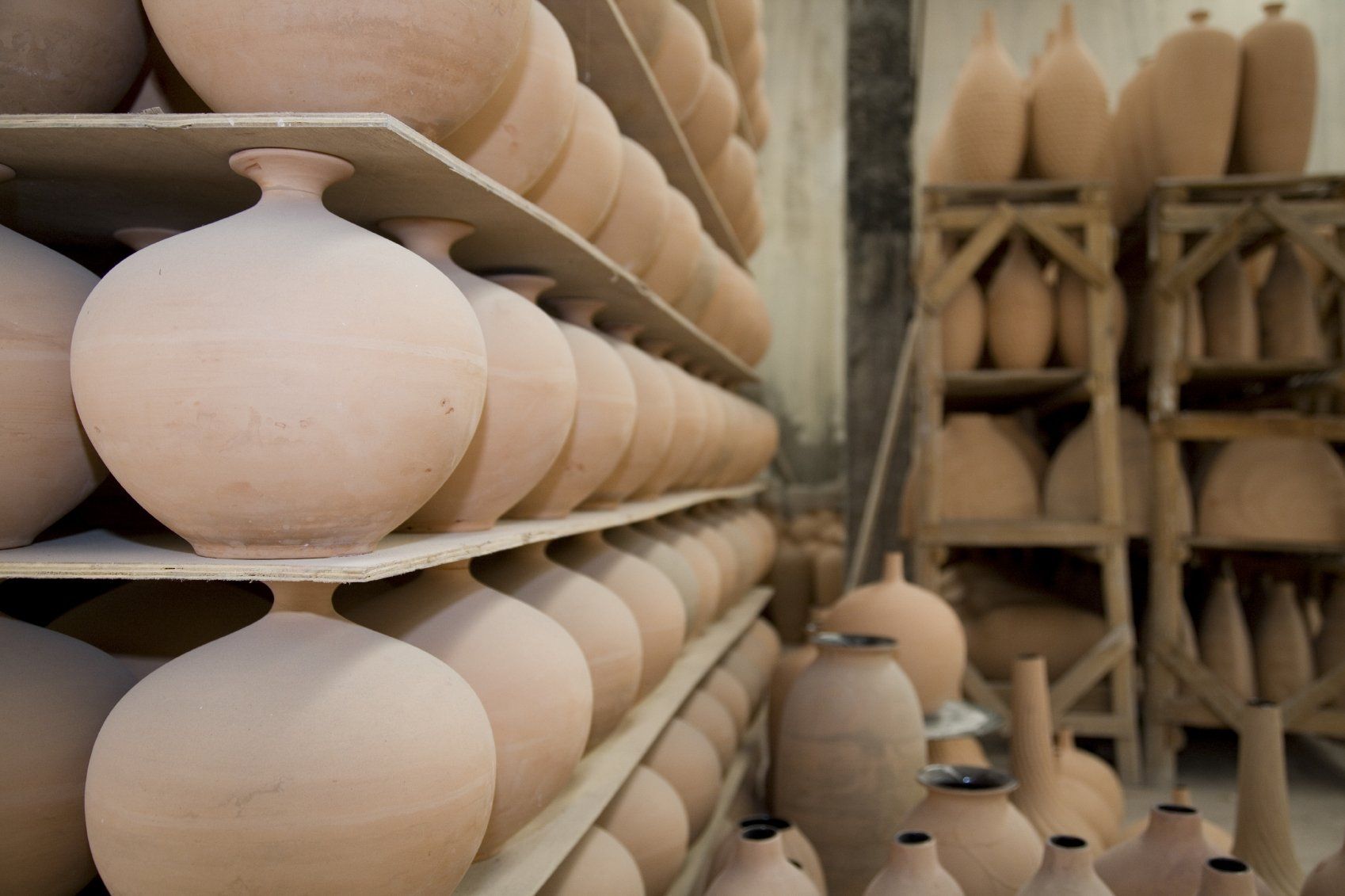A Colorful Journey Through the History of Pottery Painting
The history of pottery painting is a remarkable journey through time

Introduction:
Pottery painting is an ancient art form that has captivated people's imaginations for centuries. From humble beginnings to intricate masterpieces, this craft has evolved alongside human civilisation, leaving behind a rich tapestry of cultural heritage. In this blog post, we will delve into the captivating history of pottery painting, tracing its roots back to ancient civilisations and exploring its enduring popularity throughout the ages.
Ancient Origins:
The history of pottery painting dates back thousands of years. It began in ancient civilisations such as Mesopotamia, Egypt, and China, where pottery served both functional and artistic purposes. Early potters painted simple geometric patterns and motifs using natural pigments derived from minerals and plants. These designs often held symbolic significance, representing religious beliefs, societal status, or mythological narratives.
Greek and Roman Influence:
The art of pottery painting reached new heights during the classical era in Greece and Rome. Greek ceramics, renowned for their exquisite craftsmanship and attention to detail, featured intricate designs depicting mythological scenes, everyday life, and historical events. The use of black and red-figure techniques, where the figures were painted in silhouette against a contrasting background, became highly popular during this period. Roman pottery continued this tradition and further expanded the range of decorative motifs, incorporating landscapes, portraiture, and intricate scrollwork.
Islamic and Persian Traditions:
The advent of Islamic and Persian empires introduced a distinct style to pottery painting. Influenced by Islamic teachings that discouraged the depiction of living beings, potters focused on geometric patterns and calligraphy as primary decorative elements. Intricate arabesque designs, interlacing motifs, and beautiful script adorned pottery, reflecting the refined aesthetics of Islamic art. Persian pottery, known for its stunning blue and turquoise glazes, displayed intricate floral motifs and poetic verses.
Chinese Porcelain:
China has a long-standing tradition of pottery painting, particularly with its celebrated porcelain. Chinese porcelain became highly sought after around the world, known for its delicate beauty and technical brilliance. The use of cobalt blue underglaze and later the development of the famed Ming Dynasty blue and white porcelain exemplified China's mastery of pottery painting. Chinese potters painted landscapes, mythical creatures, and scenes from literature with meticulous precision, showcasing their artistic prowess.
European Renaissance and Beyond:
The Renaissance period witnessed a renewed interest in the art of pottery painting in Europe. Inspired by the classical world, Renaissance artists sought to revive the techniques and aesthetics of ancient pottery. Italian maiolica, Dutch Delftware, and Spanish Talavera are just a few examples of the rich pottery traditions that emerged during this time. These styles featured intricate patterns, elaborate narratives, and the use of vibrant colours, reflecting the cultural and artistic influences of their respective regions.
Modern Revival and Contemporary Expressions:
Pottery painting continues to captivate artists and enthusiasts around the world. With the advent of industrialisation and mass production, pottery painting techniques have become more accessible to a wider audience. Today, pottery studios, workshops, and hobbyists embrace this art form, offering people the opportunity to unleash their creativity and paint their own unique designs on pottery pieces. From traditional motifs to abstract expressions, contemporary pottery painting reflects personal styles, cultural influences, and artistic experimentation.
Conclusion:
The history of pottery painting is a remarkable journey through time, encompassing diverse cultures, techniques, and artistic expressions. From its humble origins in ancient civilisations to its flourishing presence in the modern world, pottery painting has remained a beloved art form that connects people across time and space. As we appreciate the beauty and craftsmanship of painted pottery, we also celebrate the human spirit of creativity and the enduring legacy of this ancient art form.


